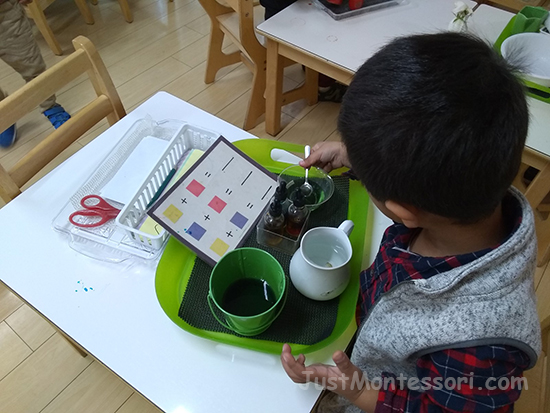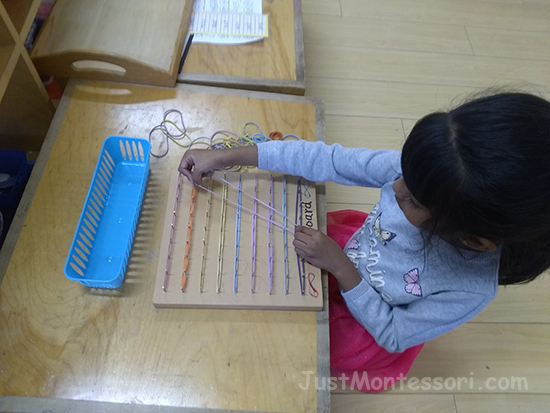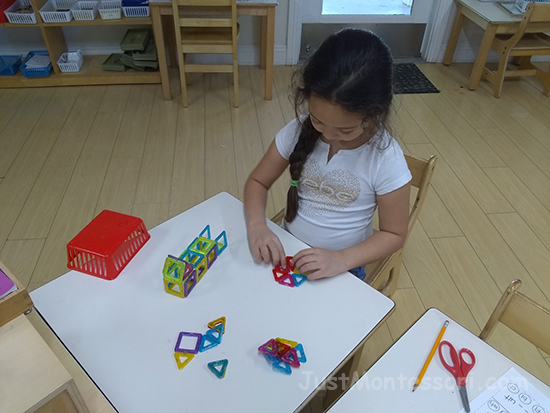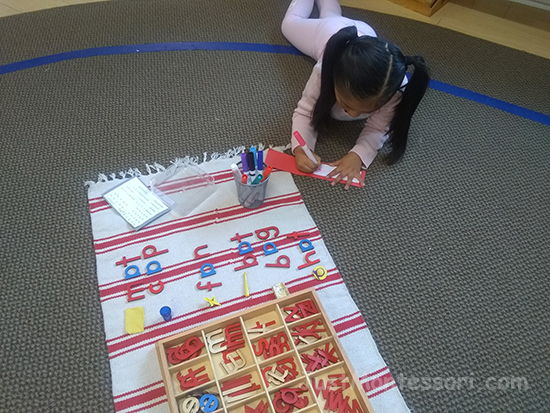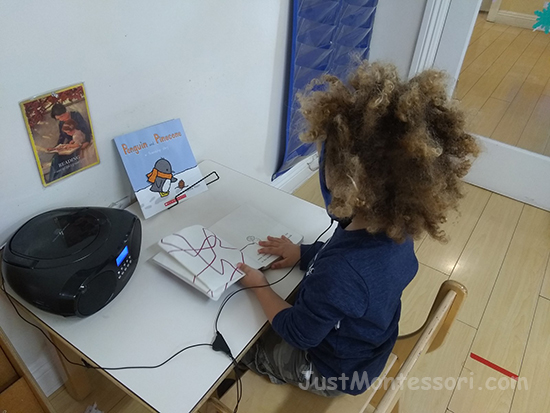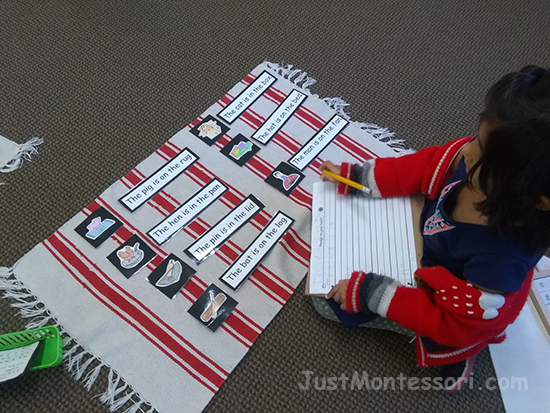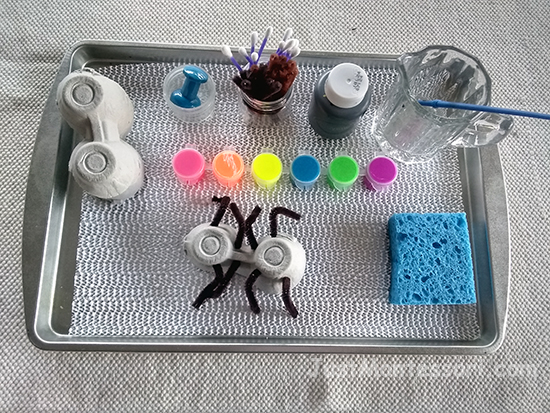

Last week we introduced invertebrate groups. Now we will focus on spiders!
We will begin to talk about the arachnid group of invertebrates this month.
We are going to start with spiders. Spiders are invertebrates. They belong to the arachnid group of invertebrates. Scorpions and ticks also belong to this group. Arachnids have two body segments, eight legs, no wings or antenna, and they cannot chew. There are over 30,000 different kinds of spiders! Spiders have an exoskeleton, which means that their skeleton is on the outside. They have either six or eight eyes!
Spiders are not able to chew or swallow, so how is it that they eat? Spiders inject a venom, or poison through their fangs and into the insect or other creature they eat. This causes the creature to turn to liquid and then the spiders can suck the liquid up. Most spiders poison will not harm people because it is quite weak. There are a few spiders with poison strong enough to cause pain or nerve damage to people. These spiders include the Black Widow and the Brown Recluse. Not everyone likes spiders. Some people are afraid of spiders. It is called arachnophobia if someone has a fear of spiders. How do you feel about spiders?
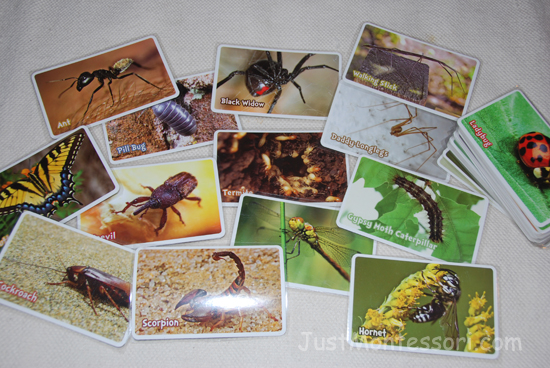
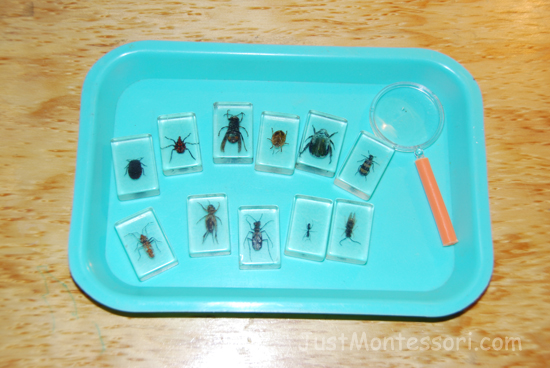
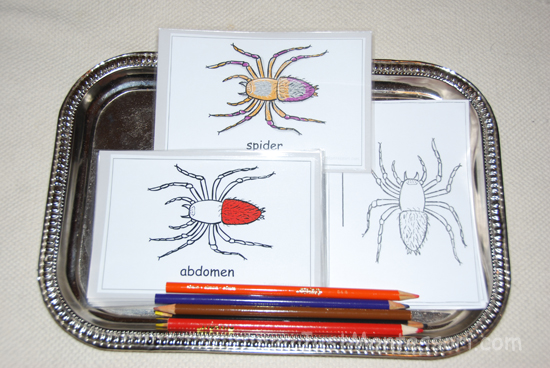
And while one child is working on the Lesson works the other children are free to investigate other works on the shelves. It is so important in the Montessori environment to “follow the child,” so I spend a lot of time creating works and rotating them each month. This provides variety and fun!
